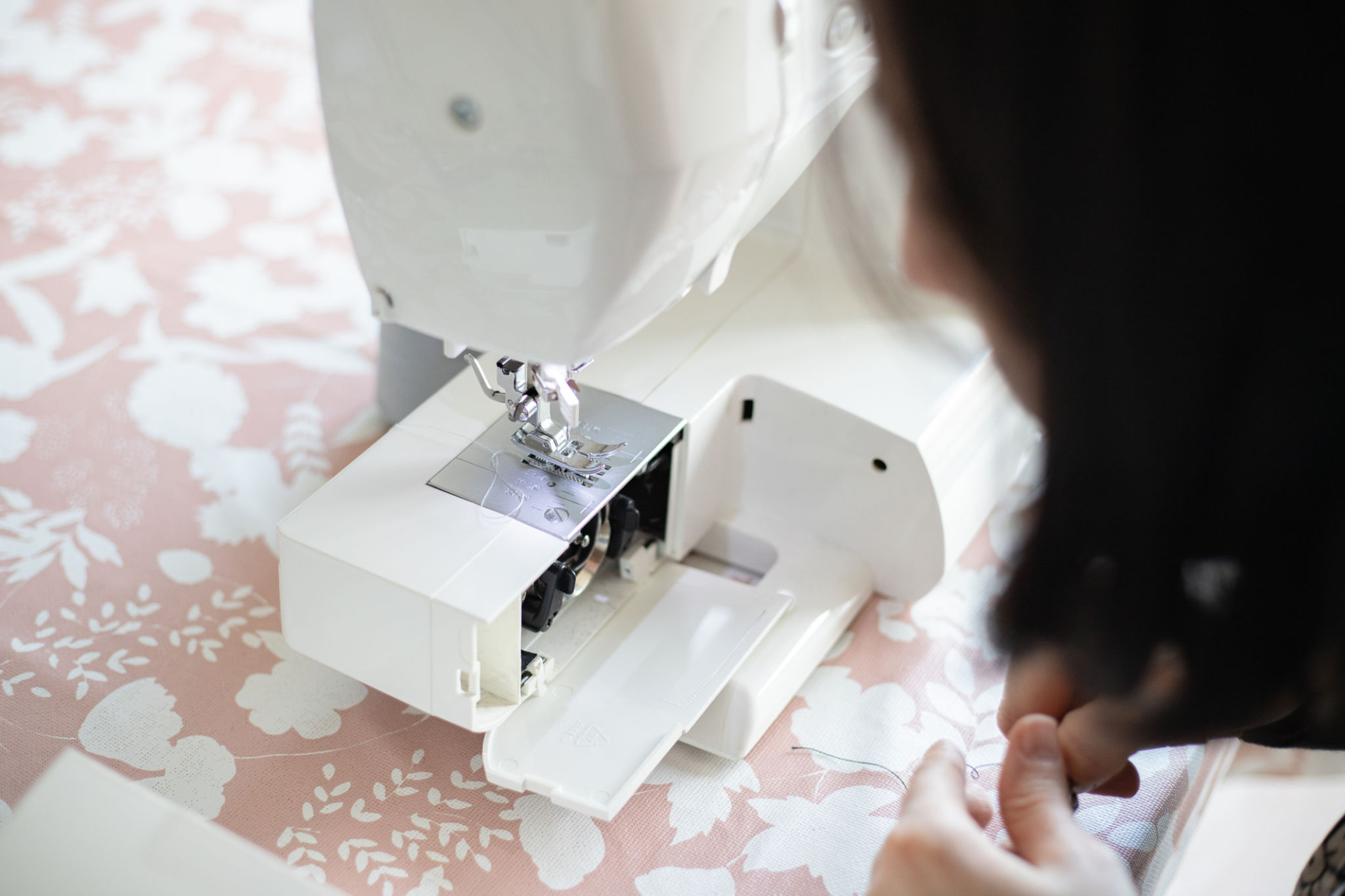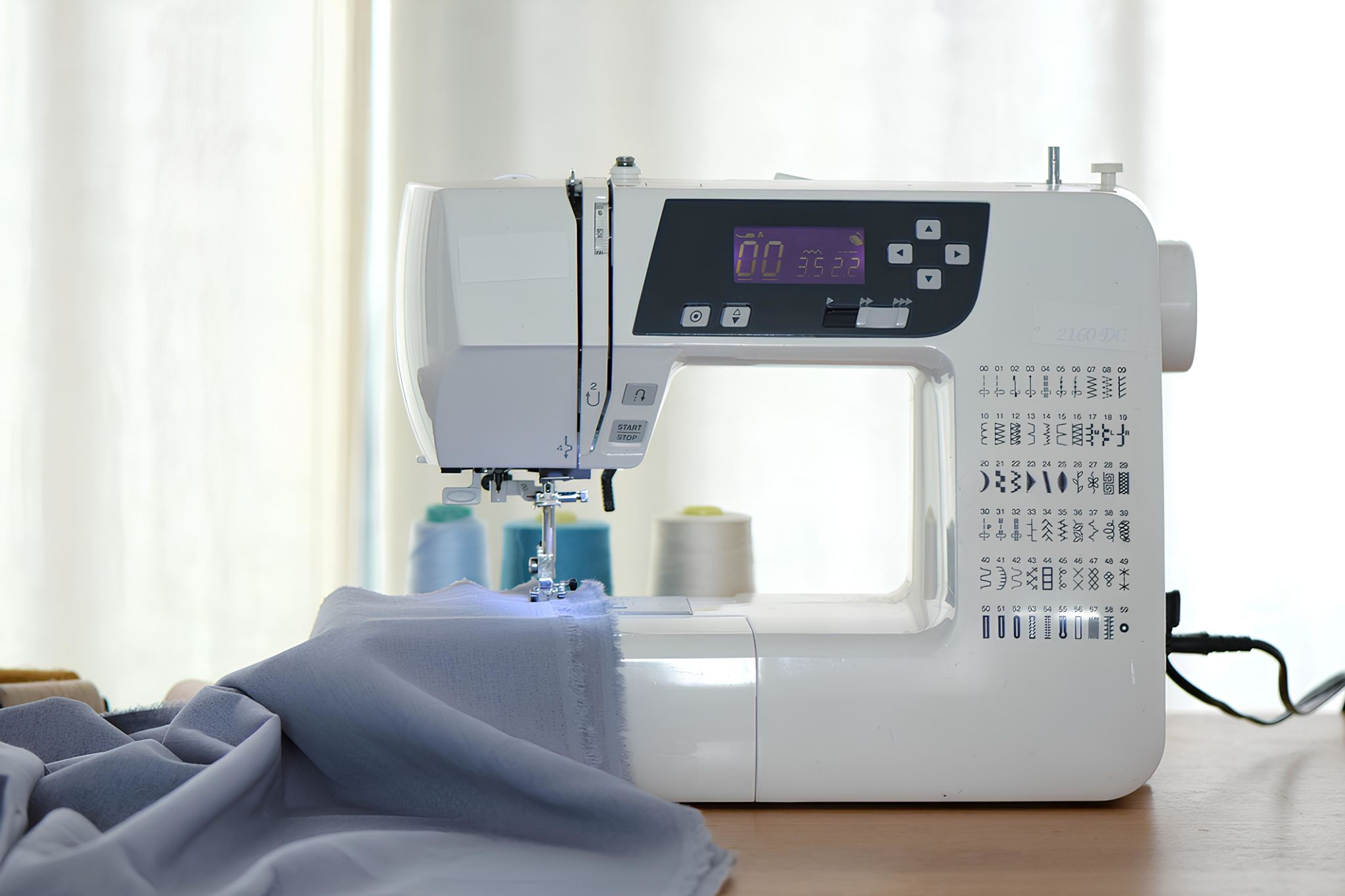DIY Sewing Machine Maintenance Tips from Professional Technicians
Understanding Your Sewing Machine
Before diving into maintenance, it's crucial to understand the basic components of your sewing machine. Familiarity with the parts, such as the needle, bobbin, presser foot, and feed dogs, will make maintenance tasks more intuitive. Knowing how these parts interact can help you troubleshoot issues more effectively.

Regular Cleaning for Optimal Performance
One of the simplest yet most effective maintenance tasks is regular cleaning. Dust and lint can accumulate in the bobbin area and other moving parts, leading to poor performance. After every project, take a moment to clean these areas using a small brush or vacuum attachment. Make sure to remove the needle plate and clean beneath it for a thorough job.
Additionally, use a soft cloth to wipe down the exterior of your machine. This not only keeps it looking pristine but also prevents dirt from making its way into the internal mechanisms.
Oil Your Machine Properly
Proper lubrication is essential for keeping your sewing machine running smoothly. Refer to your machine's manual for specific oiling instructions, as different models have unique requirements. In general, apply sewing machine oil to all moving parts, focusing on areas where metal contacts metal. Avoid over-oiling, as excess oil can attract lint and dust.

Checking Tension and Adjustments
The tension of your sewing machine can significantly affect stitch quality. Regularly check and adjust the tension settings according to the fabric and thread you're using. If stitches are uneven or if puckering occurs, it might be time to revisit these settings. Always test on a scrap piece of fabric before starting your project.
Replacing Needles Regularly
Needles are inexpensive yet vital components of your sewing machine. A dull or bent needle can damage fabric and lead to poor stitch quality. As a rule of thumb, change your needle after every eight hours of sewing or when switching to different fabric types. This simple step can prevent many common sewing frustrations.

Handling Bobbin Issues
Bobbin-related issues are frequent culprits of sewing machine problems. Ensure that the bobbin is wound evenly and inserted correctly. Misaligned bobbins can cause thread jams or uneven stitches. If you experience frequent issues, consider using pre-wound bobbins for consistency.
Professional Servicing
While DIY maintenance is essential, professional servicing should not be overlooked. Technicians have the expertise and tools to perform comprehensive checks that might be beyond your scope. Consider scheduling a professional tune-up annually to keep your sewing machine in top condition.
By combining these DIY maintenance tips with professional servicing, you'll extend the life of your sewing machine and enjoy smoother sewing experiences. These proactive steps ensure that your machine delivers consistent results, project after project.